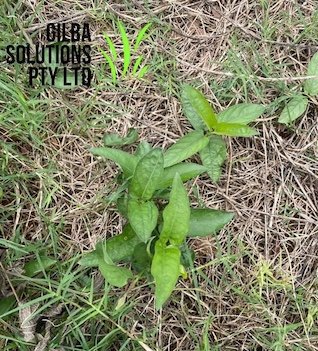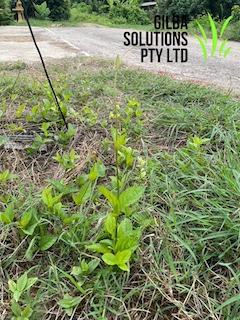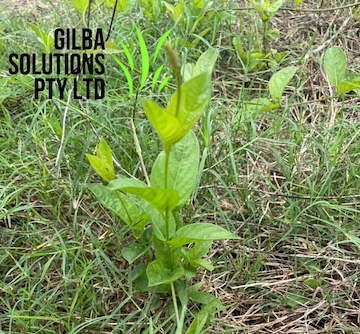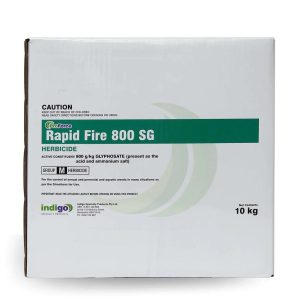Stinkvine (Paederia foetida).
After you read this, you will be able to:
- Identify Stinkvine or Skunk Vine.
- Know the habitat of Stinkvine.
- Know the best options to control Stinkvine or Skunk Vine.
Why is Stinkvine a Problem Weed?
- Stinkvine (Paederia foetida) is highly invasive, and is able to quickly infest large areas and smother other plants.
- When Stinkvine moves into lawns little can be done to control it because its fast growing stems creep are below the height of cut of a lawn mower.
- It competes with existing vegetation for light and nutrients, breaks branches under its weight, and interferes with utilities and power lines.
- It tolerates a wide range of soils, salt spray, and shade, and it’s difficult to control once it establishes.
How to Identify Stinkvine.
Category: Broadleaf (Dicot).
Photosynthetic Pathway: Skunk vine is a C3 weed.
Flower: Stinkvine flowers in late the Summer to Autumn, and the flowers have white outsides and purple to red insides. They have a funnel shape and are 7 to 11 mm long with a cover of soft hairs on their outsides.
Height: Skunk Vine has a prostrate growth habit.
Leaf length: The leaves have a heart shape and are 3 to 14 cm long, with round bases and a pointed tip.
Leaf width: The leaves are 2 to 5 cm wide.
Reproduction: Stinkvine reproduces by seed and stem fragments. Stem fragments root at the nodes, and are spread by people when they dump garden waste.
Comments: The green to dark green leaves of Stinkvine are on hairy stalks up to 2 to 5 cm long, and have a cover of sparse bristly hairs. The underneath of the leaves is light green and has veins, with bristly hairs along the edges.
Its stems are light green, slender, and less than 5 mm diameter. They can be up to 7 m long, with fine, short hairs in lines.
When you crush the leaves they have a foul smell because of the sulphur-containing compound dimethyl disulphide.
Habitat: Stinkvine tolerates shade, and dry and wet conditions. After flooding Stinkvine remains alive when submerged for at least 192 days. Skunk Vine grows in a range of soil types including low nutrient soils, and acidic soils and saline conditions.
It has been found in gardens and parks, in sugar cane crops, along roadsides and in pastures.
For more information check out our weed ID Chart.
How to Control Stinkvine.
You can control this weed by cultural and chemical means.
Cultural Control .
- Hand pull or dig out seedlings and small plants. This is easiest when the soil is damp and loose. Try and remove as much of the roots as possible, and do not leave any Stinkvine stems in contact with the soil ot they will regrow.
Chemical Control of Stinkvine:
There are very few chemical control options for this weed. Herbicides are the most effective way to control Stinkvine as long as you make several treatments to deal with any regrowth. The best time to treat is in the Spring or Summer when it is actively growing.
Pre-Emergent Control of Stinkvine.
Non Selective Control of Stinkvine.
- Glufosinate-ammonium provides control for 4 to 6 weeks, but it regrows and recovers due to the limited movement of glufosinate.
- Stink Vince is sensitive to triclopyr-based herbicides. In Florida, both Triclopyr and Glyphosate are labelled to control P. foetida.
- Aminopyralid is labelled for Stinkvine in the US.
In Australia.
- Glyphosate (Rapid Fire 800) on Permit 9907, and triclopyr, give >90% control across all growth stages at 4 months after treatment with no re-growth. If you use Glyphosate, and water quality is an issue then use ProForce Manta Ray.
- In NSW wipe Metsulfuron at 10 g per 1 L of water plus surfactant onto the leaves.
- Spot spray with Fluroxypyr 200 g/L at 500 mL to 1 L per 100 L water.






